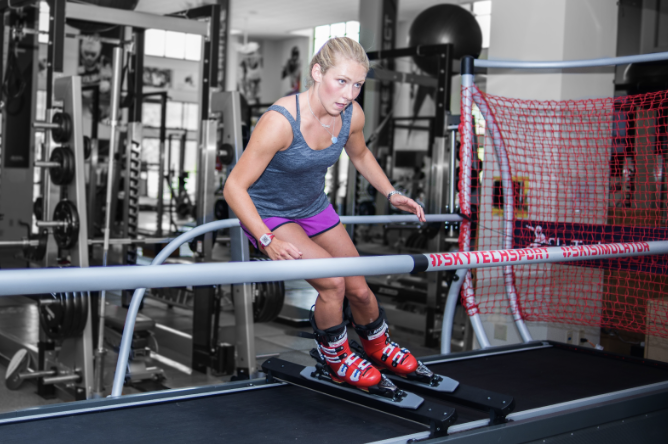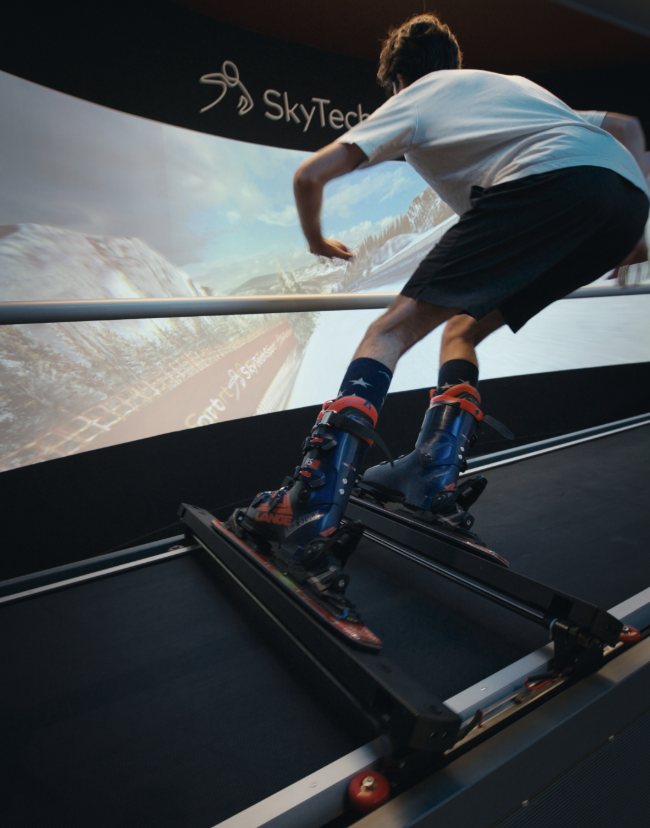
Recovering from an injury doesn’t mean you have to stop training. Whether you’re a skier, snowboarder, or general athlete, staying active during rehab is essential for maintaining strength, mobility, and endurance. The key? Low-impact workouts that allow you to train without putting excessive stress on your joints.
In this guide, we’ll cover the best low-impact workouts for injured athletes, how to adapt training while recovering, and how to stay ski-ready even if you’re rehabbing an injury.
Many athletes make the mistake of completely stopping exercise after an injury, leading to:
• Loss of muscle strength – Makes returning to sport harder.
• Decreased flexibility & mobility – Increases stiffness and re-injury risk.
• Lower endurance levels – Makes getting back to full performance more difficult.
Low-impact training allows you to stay active without worsening an injury. It also helps maintain muscle memory, so when you’re fully healed, you can return to skiing, snowboarding, or other sports faster and stronger.
Water workouts provide resistance training without stress on joints, making them perfect for rehabbing injuries.
• Builds cardio endurance & muscle strength at the same time.
• Reduces stress on knees, ankles, and back.
• Helps with mobility & flexibility during recovery.
Best for: Knee injuries, ankle sprains, post-surgery rehab.
Stationary or outdoor cycling strengthens the lower body without the impact of running or jumping.
• Builds quad, hamstring, and glute strength (important for skiers & snowboarders).
• Low impact on knees & ankles.
• Improves cardio fitness without stressing healing tissues.
Best for: ACL recovery, knee pain, ankle injuries.
Rowing is one of the best total-body workouts that’s easy on the joints while still being effective.
• Strengthens legs, core, and upper body at once.
• Improves posture and endurance.
• Low-impact motion reduces stress on knees and hips.
Best for: Back injuries, knee recovery, full-body endurance training.
Resistance bands are perfect for controlled strength training, helping you maintain muscle mass without heavy weights.
• Can be used for legs, arms, and core strength.
• Helps rebuild stabilizer muscles after an injury.
• Allows for progressive load without impact.
Best for: Shoulder injuries, ACL rehab, muscle reconditioning.
Recovering athletes need to retrain balance and stability before returning to action.
• Single-leg balance drills help restore coordination after lower-body injuries.
• Bosu ball squats improve ankle and knee stability.
• Core workouts rebuild strength to prevent re-injury.
Pro Tip: The SkyTechSport Ski Simulator allows recovering skiers and snowboarders to practice balance and edge control in a low-impact environment, making it a great rehab tool for returning to the slopes safely.
Even low-impact exercises need proper modifications to avoid aggravating injuries.
• Listen to your body – Stop if you feel pain, not just discomfort.
• Focus on slow, controlled movements – Avoid fast or jerky motions.
• Start with bodyweight or light resistance – Gradually rebuild strength over time.
• Use a ski or snowboard simulator – Allows for safe, low-impact sport-specific training before returning to snow. Use the SkyTechSport Ski Simulator to help aid in your recovery.
